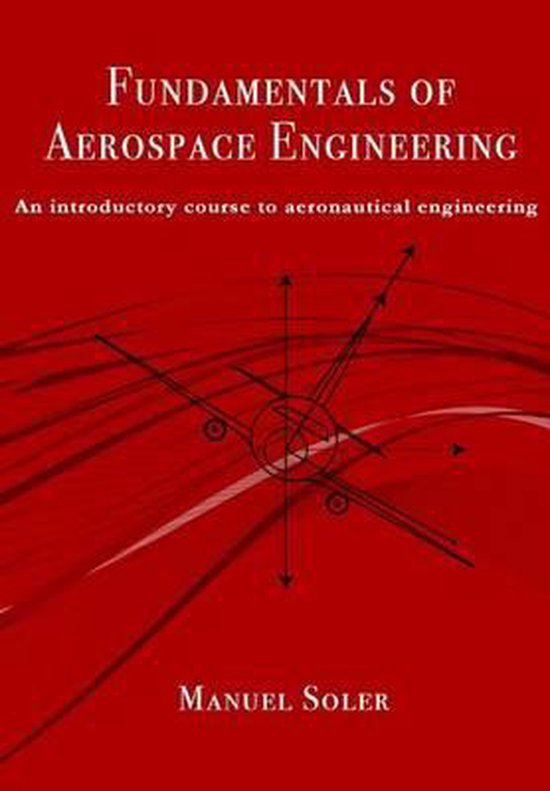The book is divided into three parts, namely: Introduction, The Aircraft, and Air Transportation, Airports, and Air Navigation. The first part is divided in two chapters in which the student must achieve to understand the basic elements of atmospheric flight (ISA and planetary references) and the technology that apply to the aerospace sector, in particular with a specific comprehension of the elements of an aircraft. The second part focuses on the aircraft and it is divided in five chapters that introduce the student to aircraft aerodynamics (fluid mechanics, airfoils, wings, high-lift devices), aircraft materials and structures, aircraft propulsion, aircraft instruments and systems, and atmospheric flight mechanics (performances and stability and control). The third part is devoted to understand the global air transport system (covering both regulatory and economical frameworks), the airports, and the global air navigation system (its history, current status, and future development). The theoretical contents are illustrated with figures and complemented with some problems/exercises. The problems deal, fundamentally, with aerodynamics and flight mechanics, and were proposed in different exams.The course is complemented by a practical approach. Students should be able to apply theoretical knowledge to solve practical cases using academic (but also industrial) software, such as MATLAB (now we are moving towards open source software such as SciLab). The course also includes a series of assignments to be completed individually or in groups. These tasks comprise an oral presentation, technical reports, scientific papers, problems, etc. The course is supplemented by scientific and industrial seminars, recommended readings, and a visit to an institution or industry related to the study and of interest to the students. All this documentation is not explicitly in the book but can be accessed online at the book's website www.aerospaceengineering.es. The slides of the course are also available at the book's website: http://www.aerospaceengineering.esFundamentals of Aerospace Engineering is licensed under a Creative Commons Attribution-Non Comercial-Share Alike (CC BY-NC-SA) 3.0 License, and it is offered in open access both in "pdf" and "epub" formats. The document can be accessed and downloaded at the book's website. This licensing is aligned with a philosophy of sharing and spreading knowledge. Writing and revising over and over this book has been an exhausting, very time consuming activity. To acknowledge author's effort, a donation platform has been activated at the book's website.
